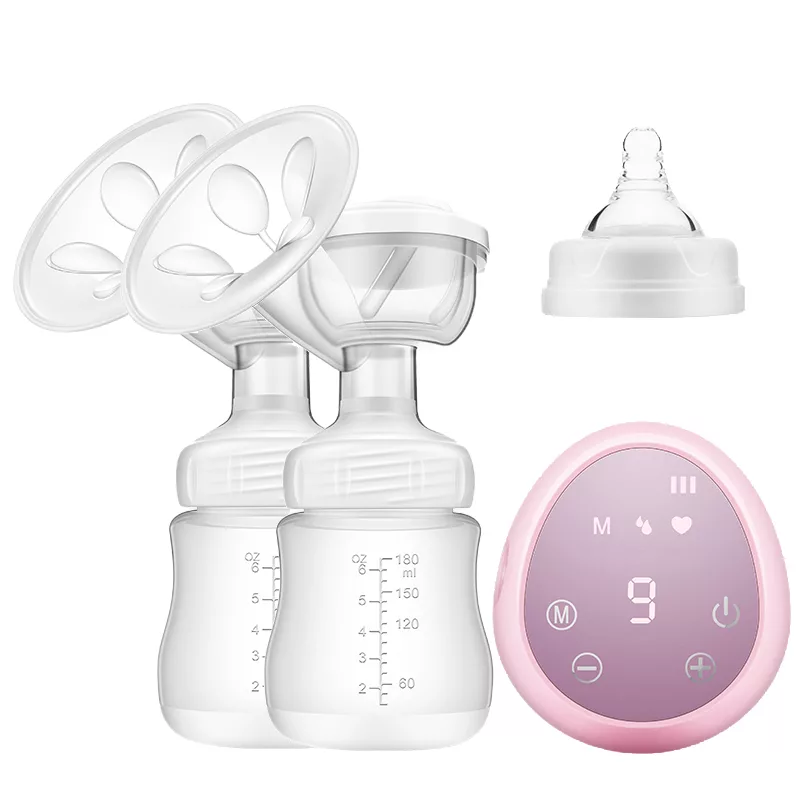Breast Pump Market: Advancements in Wireless and Wearable Technology

The breast pump market has undergone significant transformation in recent years, largely due to the rapid advancements in wireless and wearable technologies. These innovations are reshaping the way mothers express milk, making the process more convenient, efficient, and discreet. As more women balance their professional, personal, and maternal responsibilities, the demand for breast pumps that integrate seamlessly into busy lifestyles has increased.
Market Overview:
The global breast pump market has grown exponentially over the last decade, driven by an increasing awareness of the benefits of breastfeeding, alongside a growing emphasis on maternal well-being and convenience. Traditionally, breast pumps were large, bulky machines requiring mothers to sit in one place for extended periods, making the process inconvenient and sometimes uncomfortable. However, with changing consumer demands and technological advancements, manufacturers are now focusing on developing smaller, more efficient, and user-friendly products.
Wireless and wearable technology in breast pumps is enabling mothers to express milk in a more convenient, discreet, and hands-free manner. Unlike traditional pumps that require the user to be stationary while pumping, wearable breast pumps can be worn inside a bra, allowing mothers to multitask and move freely. These pumps are often wireless, eliminating the need for cumbersome cords and allowing mothers to pump in virtually any setting, from the office to a park or even while completing household tasks.
Wireless Technology: A Game-Changer for Convenience
One of the major advancements in the breast pump market is the integration of wireless technology. Traditional pumps require a power source, usually in the form of a plug, limiting where and when mothers can pump. In contrast, wireless pumps are equipped with rechargeable batteries, which can last for hours, providing greater flexibility. This allows mothers to pump anywhere, whether at work, in a car, or while running errands, without the need to stay near an outlet.
Wireless technology also enables these pumps to integrate with mobile apps, offering mothers a wealth of information about their pumping sessions. Some pumps feature Bluetooth connectivity, allowing users to track milk output, adjust settings, and receive notifications through their smartphones. These apps also provide valuable insights into milk production trends, making it easier for mothers to monitor their breastfeeding routine and make adjustments when necessary.
Wearable Breast Pumps: Empowering Freedom and Flexibility
Wearable breast pumps have further elevated the convenience factor by offering hands-free solutions that fit directly into a mother’s lifestyle. These pumps are small, discreet, and lightweight, designed to fit inside a bra and remain virtually invisible, allowing mothers to pump without anyone noticing. This level of discretion has made wearable pumps especially popular among working mothers or those who wish to pump in public without feeling self-conscious.
The hands-free nature of wearable pumps also means that mothers are no longer required to remain stationary for extended periods. They can now pump while walking, doing household chores, attending meetings, or even spending time with their children. This flexibility allows mothers to continue with their daily tasks while ensuring that their breastfeeding routine remains uninterrupted. Many wearable pumps are designed with a range of customizable settings, such as adjustable suction levels and massage modes, ensuring comfort and efficiency during the pumping process.
Market Trends and Consumer Demand
The demand for wireless and wearable breast pumps is growing rapidly as mothers continue to seek products that align with their busy, on-the-go lifestyles. Technological advancements in breast pump design, particularly in the realms of wireless and wearable functionality, have addressed several pain points that mothers have historically faced, such as the need for convenience, discretion, and portability. As a result, these innovations have not only driven market growth but have also led to changes in how breastfeeding is perceived, with greater emphasis placed on providing mothers with tools that empower their feeding choices.
- Art
- Causes
- Crafts
- Dance
- Drinks
- Film
- Fitness
- Food
- Games
- Gardening
- Health
- Home
- Literature
- Music
- Networking
- Other
- Party
- Religion
- Shopping
- Sports
- Theater
- Wellness


